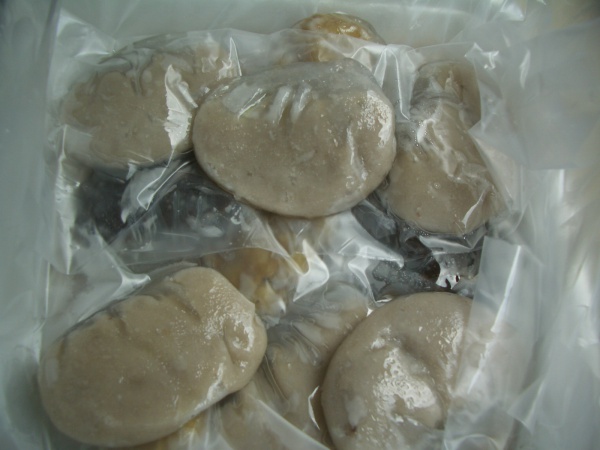Facts About Teochew cuisine
Teochew cuisine, also known as Chiuchow, Chaozhou, or Chaoshan cuisine, originates from the Chaoshan region in China's Guangdong Province. This culinary style shares similarities with Fujian cuisine due to their close cultural and geographical connections.
Teochew cuisine places a strong emphasis on seafood and vegetarian dishes, utilizing fresh ingredients and light seasoning to highlight the natural flavors. Common cooking methods include poaching, steaming, braising, and stir-frying, all designed to preserve the integrity of the ingredients.
One of the distinctive features of Teochew cuisine is its watery congee, known as "mue" often enjoyed alongside strong oolong tea, served both before and after meals. Shacha sauce, a savory and slightly spicy condiment, is a staple, while fish sauce is frequently used in Teochew dishes, especially among the Teochew diaspora.
Teochew chefs are renowned for their use of a special superior broth that enhances the flavor of many dishes. They also take pride in their vegetable carving skills, transforming simple ingredients into intricate works of art. A hallmark of Teochew culinary tradition is the "jiat dot" feast, which comprises a variety of dishes and is a true celebration of the cuisine's diversity.
Other unique aspects of Teochew dining include late-night meals, elaborate vegetable garnishes, and dedicated dessert sections on menus. The influence of Teochew cuisine extends beyond China, shaping culinary traditions in Hong Kong, Southeast Asia, Taiwan, Vietnam, Cambodia, and more.

 Kazakhstan
Kazakhstan